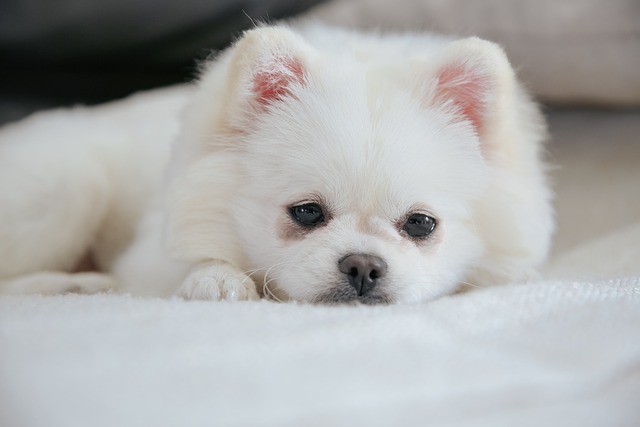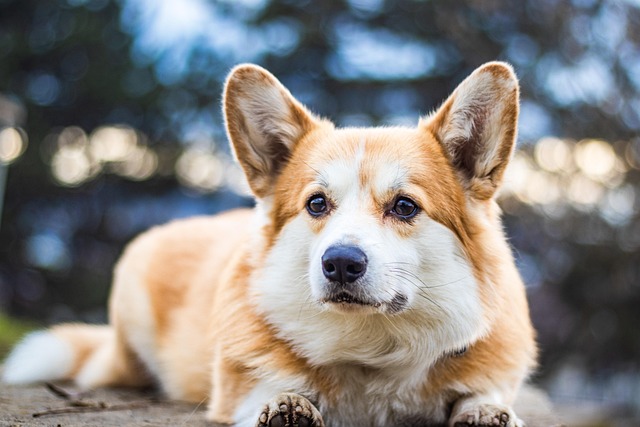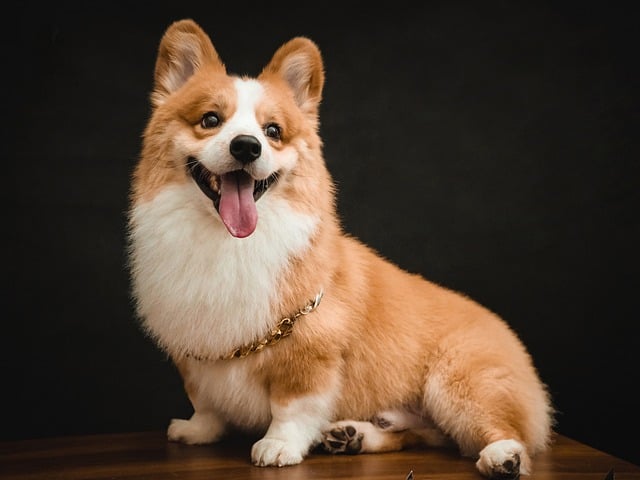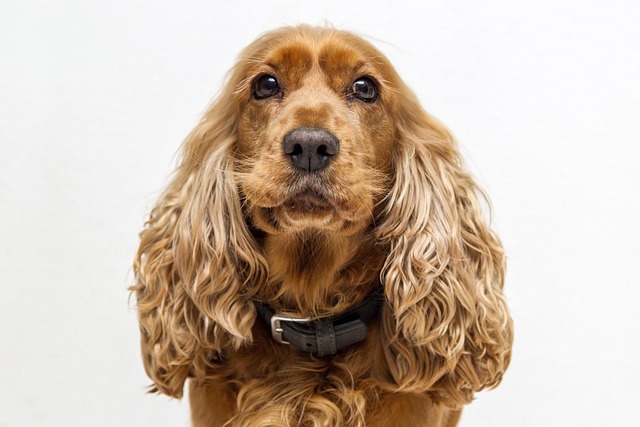Bringing home a new puppy is a whirlwind of excitement, but it also comes with a big challenge: How do you train a puppy to pee and poop outside? Accidents on your brand - new carpet or the squeaky clean hardwood floors can quickly turn that joy into frustration. But with the right approach, you can teach your furry friend to do their business in the right place.
First, understand your puppy’s needs. Young puppies have tiny bladders and can’t hold their pee for long. A 2 - month - old puppy might need to go outside every 1 - 2 hours, while a 4 - month - old could manage 3 - 4 hours. Watch for signs like sniffing the ground, circling, or suddenly stopping playing—these are clues that they need to relieve themselves. Just like a baby’s diaper needs changing regularly, your puppy relies on you to get them to the right spot on time.
The key to successful potty training is consistency and positive reinforcement. Every time you take your puppy outside, choose a specific spot. It could be a corner of your backyard or a patch of grass near your apartment building. When they pee or poop there, immediately shower them with praise, a cheerful “good boy” or “good girl,” and a small treat. Your puppy will start to associate the act of going potty in that spot with rewards. Avoid punishing your puppy for accidents inside. Yelling or rubbing their nose in the mess only creates fear and confusion, which can slow down the training process. Instead, clean up the accident quietly with an enzymatic cleaner to remove any lingering smell that might attract them back to the same spot.
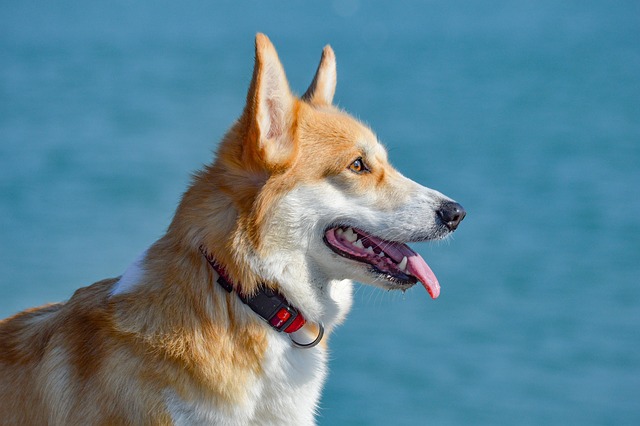
Create a routine that works for both you and your puppy. Take them outside first thing in the morning, right after meals, after naps, and before bedtime. In an apartment, this might mean extra trips up and down the elevator, but it’s worth it for a clean home. If your puppy doesn’t go potty within 5 - 10 minutes outside, bring them back inside and try again in 15 minutes. Be patient; it takes time for them to learn.
In the broader context of pet care, there are some important things to keep in mind. In most Western regions, ensuring your puppy is vaccinated is crucial before letting them explore public areas. Rabies and distemper shots are usually required by law, and they protect your puppy from serious diseases they could catch from other animals. When your puppy is finally ready for walks in the community, always carry poop bags. Cleaning up after your dog isn’t just polite—it’s often the law, and failing to do so can result in fines. Some cities even have “poop - patrol” officers who enforce these rules, and a single violation can cost you up to $200.
As your puppy gets better at potty training, start expanding their boundaries slowly. If they’ve been using a small area near your home, gradually introduce them to other spots on your walks. Teach them basic leash manners at the same time, like walking calmly beside you and not pulling. Remember, a well - trained puppy that does their business outside is not only a relief for you but also a respectful member of the neighborhood.
With patience, consistency, and lots of positive rewards, your puppy will soon master the art of going potty outside. It’s a process that takes time, but the end result—a clean home and a happy, healthy puppy—is well worth the effort.


